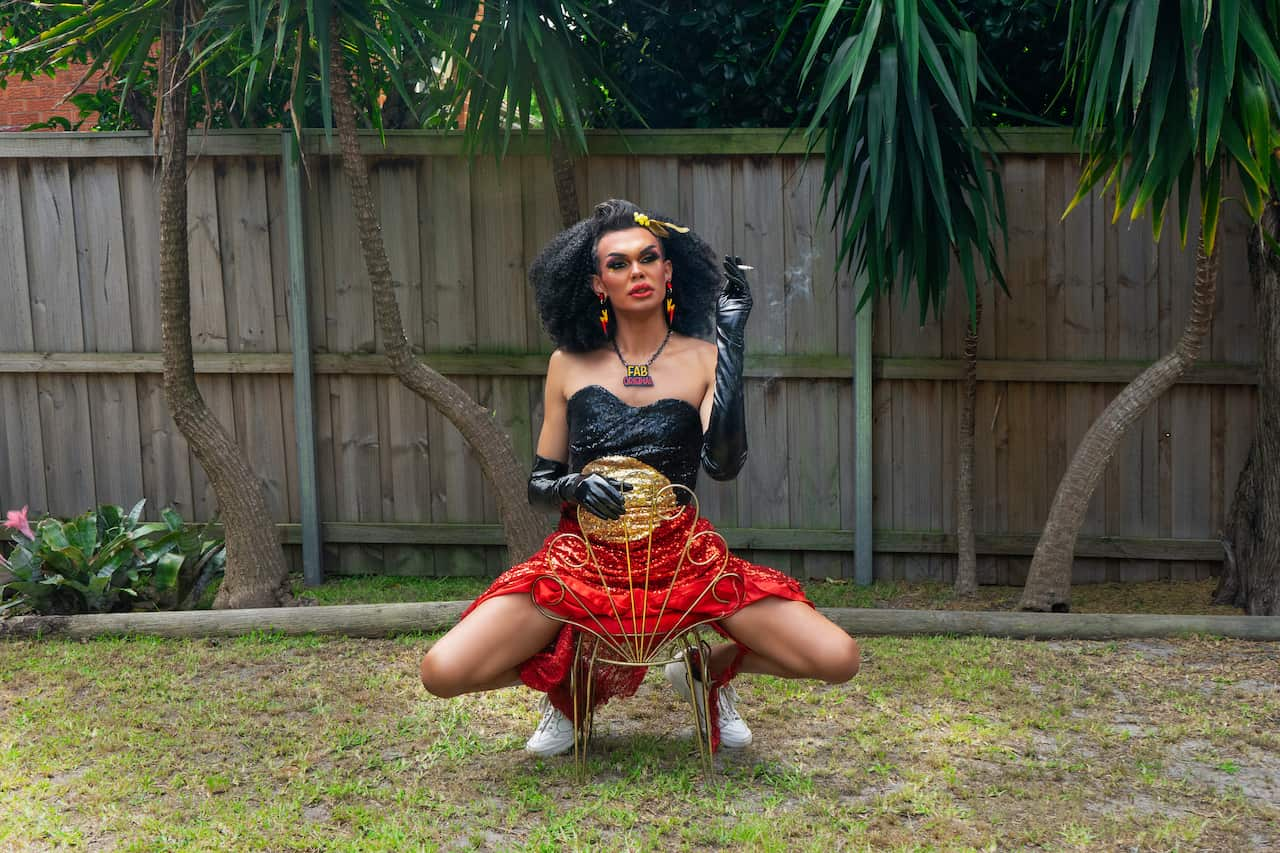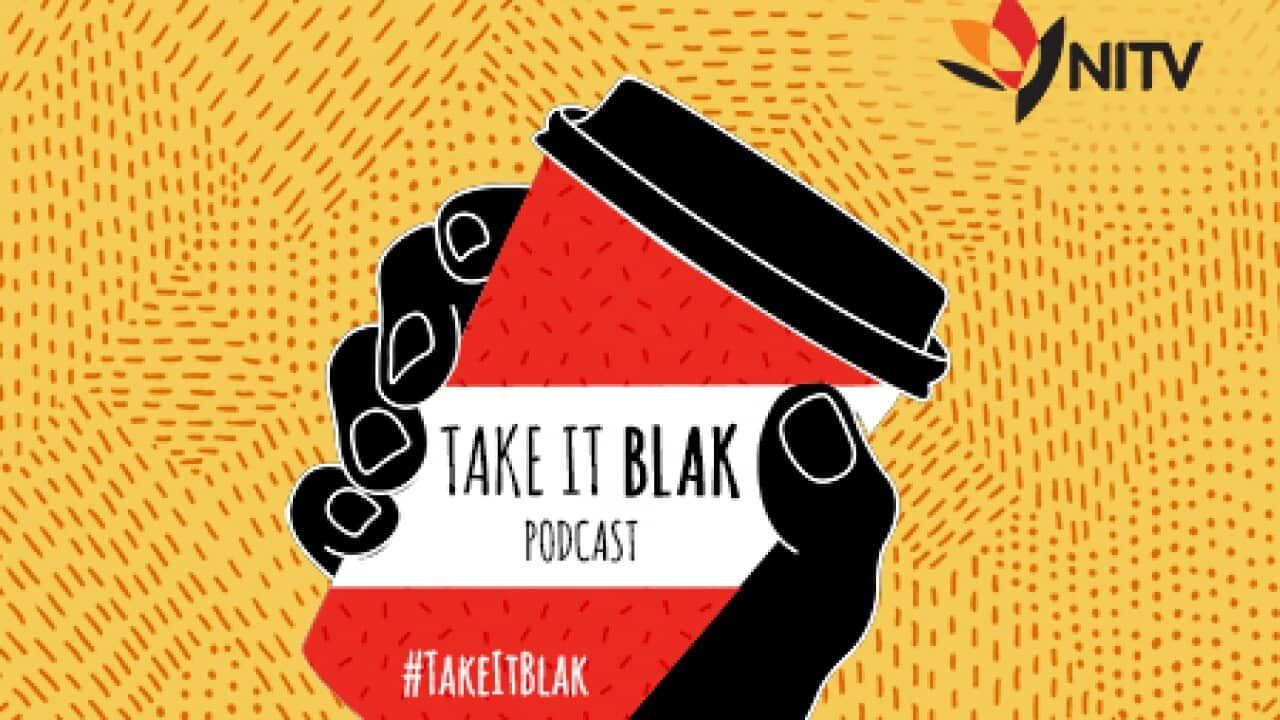First Nations people have been telling stories for over 60 thousand years, and in the 21st century those yarns are continuing online.
Social video platform Tiktok have celebrated NAIDOC week by highlighting Indigenous content creators and their work.
The platform has made a hub in honour of the celebrations, and has been host to deadly music performances and artists.
The social media site has provided a space for mob to share their experiences, something that enticed Arrernte and Tiwi man Joseph Althouse.
"I think Tiktok is a great platform for everyone to be able to share their stories, and especially young Indigenous people from all around Australia. "It's such an equalizer... you have to just come and be entertaining and people will watch you."
"It's such an equalizer... you have to just come and be entertaining and people will watch you."

Joseph Althouse, or @joey_alt on TikTok Source: Supplied
Althouse says this level playing field affords First Nations people something denied them far too often: a platform for their own voice.
"So it's a really exciting, I think for young black fellows to be the authors of our own story, and to curate our experiences in a way that removes... all of these white voices that dictate to us who we are.
"We get to flip the script on that and we get to actually write our own story."
Like many, he uses the online space to educate and entertain at the same time, using his Blak perspective and the experiences of his family.
"Storytelling has always been tied up with my family's experience. And just being able to tell a good story and make people laugh was a way of surviving.
"My great grandmother was stolen (from her family). It's always been important to us to be able to laugh and to be able to not just sit in the sadness of our existence and our experience, but to find the joy."
Kamilaroi and Dunghutti drag star Felicia Foxx says TikTok is a space to reclaim thousands of years of heritage, and to make it accessible to an audience beyond Australia. "I think it's so important... with some of the truth telling that needs to happen. Pre-colonization ,all that truth, telling all the culture that still exists in it.
"I think it's so important... with some of the truth telling that needs to happen. Pre-colonization ,all that truth, telling all the culture that still exists in it.

Felicia Foxx uses the platform to promote her business and share her Blak, queer identity. Source: Supplied
"It's being shared through such a platform that is, you know, modernized, and in today's society, and I think it's really important that everyone internationally, not just people who live here in Australia, learn about Aboriginal culture."
It's not just a chance to preserve and honour our ancient cultures, but to give space to what it means to be First Nations today.
"It's so deadly for me because it's a part of my life...
"It plays an instrumental part to my business and my brand, being the person that I am as an entertainer.
"It's just absolutely deadly."
Altman agrees.
"It removes all those colonial ideas of what Blakfullas are, and it connects us all. A kid from Broome can be watching a kid from Adelaide, and they have the same experience and they don't feel so alone in their experience."
Wirajduri woman Kirsten Banks has proved that with her own viral videos, giving hope to all the young mob watching who would one day like to follow in her footsteps.
"I'm an astrophysicist! So I like talking about space." She says she still pinches herself when thinking about her first video that garnered big attention.
She says she still pinches herself when thinking about her first video that garnered big attention.

Astrophysicist Kirsten Banks speaks at Ted X. Source: Supplied
"I made it at like three in the morning on a night of observing (stars) and I had these huge bags under my eyes, but I was talking about cold welding where (is) you have two pieces of metal in space, if they touch... they'll instantly fuse together.
"Then the next night, about 3am... I see that this video has gotten over a million views. And I'm like, what, why, how?
"But also, could it not have been a one where I looked a little bit more presentable?" she laughs.
From drag queens to astrophysicists, Aboriginal and Torres Strait Islander creators are connecting with each other and the world, telling deadly stories along the way.
It's especially important right now, says Maddie Connors, creative director and founder of Yarli Creative.
"I started in the midst of the pandemic, being locked down in Melbourne... to have fun with, play around, watch some funny videos. I found myself in a vortex watching the videos until like, two o'clock at night, but you know, it was sort of something to pass time.
"And then with the launch of Yarli Creative, I started to use it more as a way to share my artwork and the products that we were selling, but also some of the processes that I was going through with my artworks as well."
She says in a time where it can be hard to make people listen, the design of social media apps like TikTok provide an opening for dialogues around First Nations issues.
"It grabs the person's attention for that shorter amount of time, then it gets them interested and helps to engage with a different demographic.
"We've got a younger demographic on Tiktok. It's a way of engaging with those mobs as well and engaging with non Aboriginal people, especially when there's some content there that helps educate."


